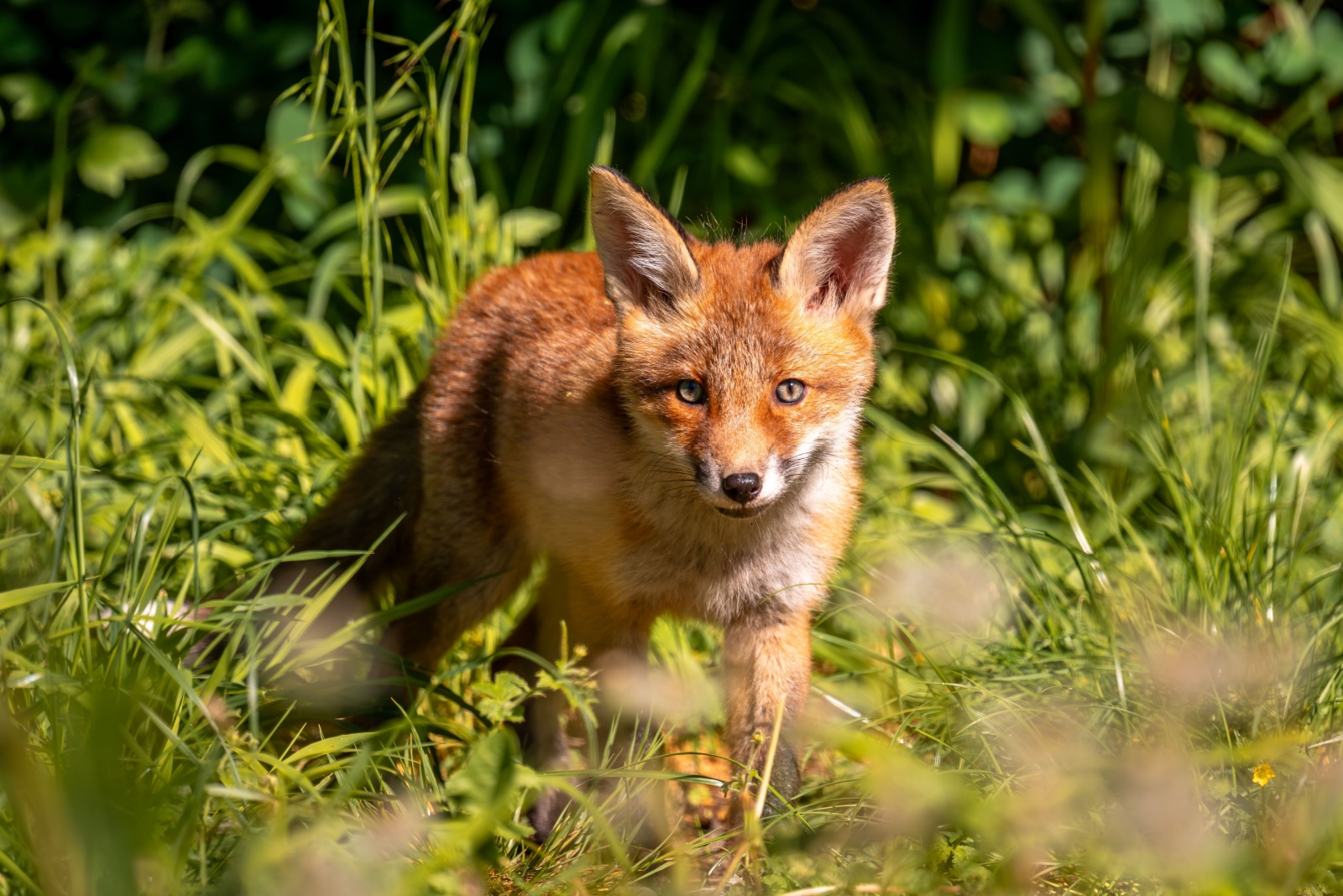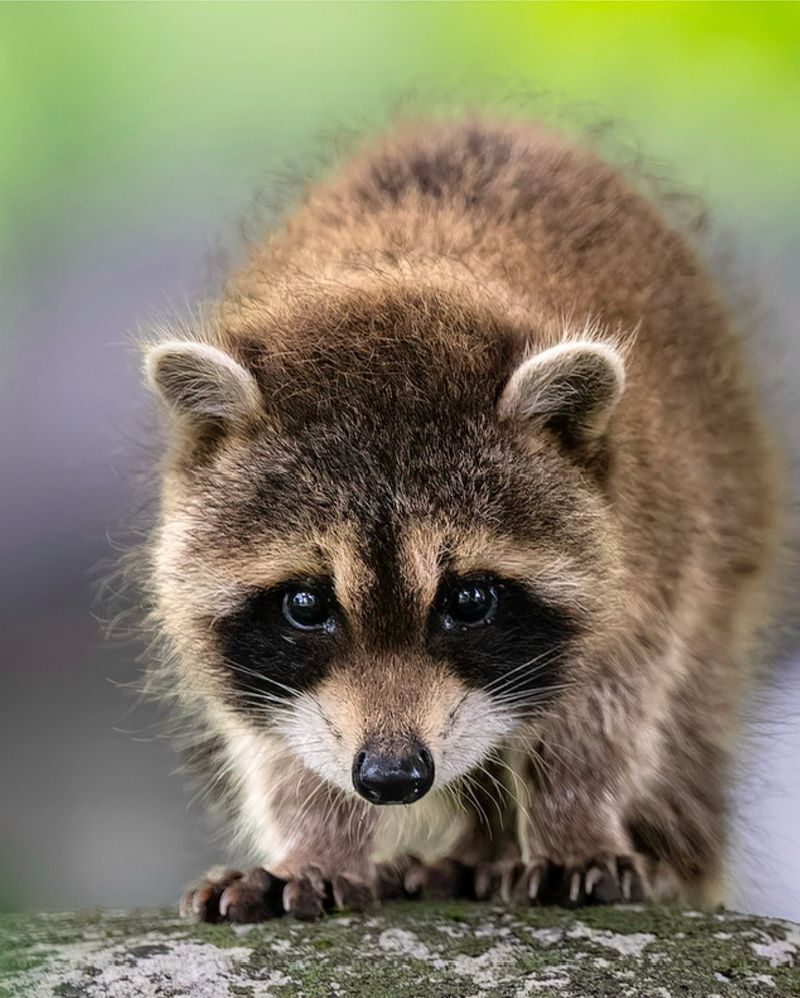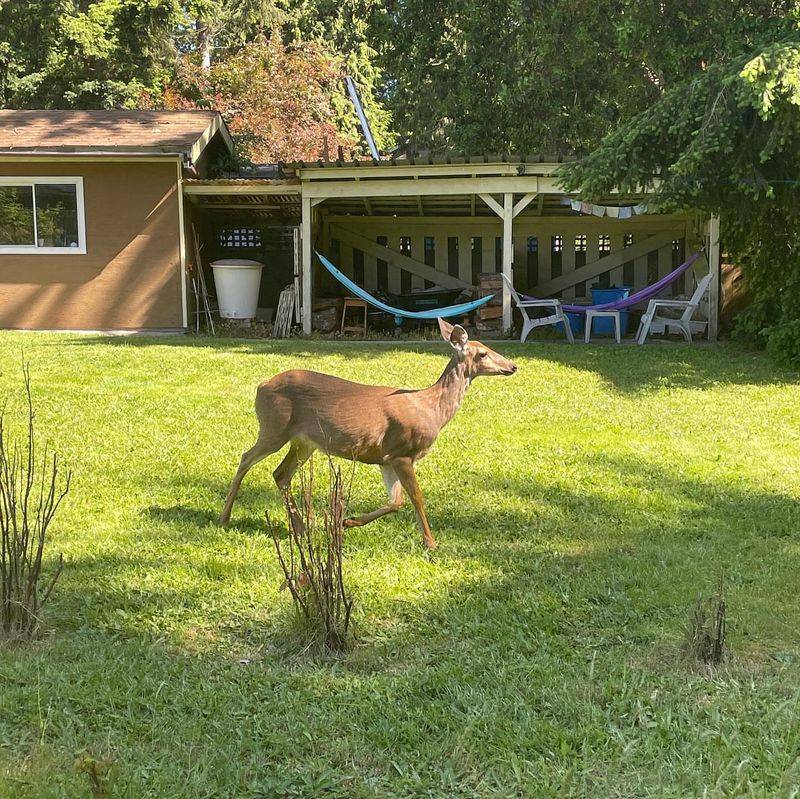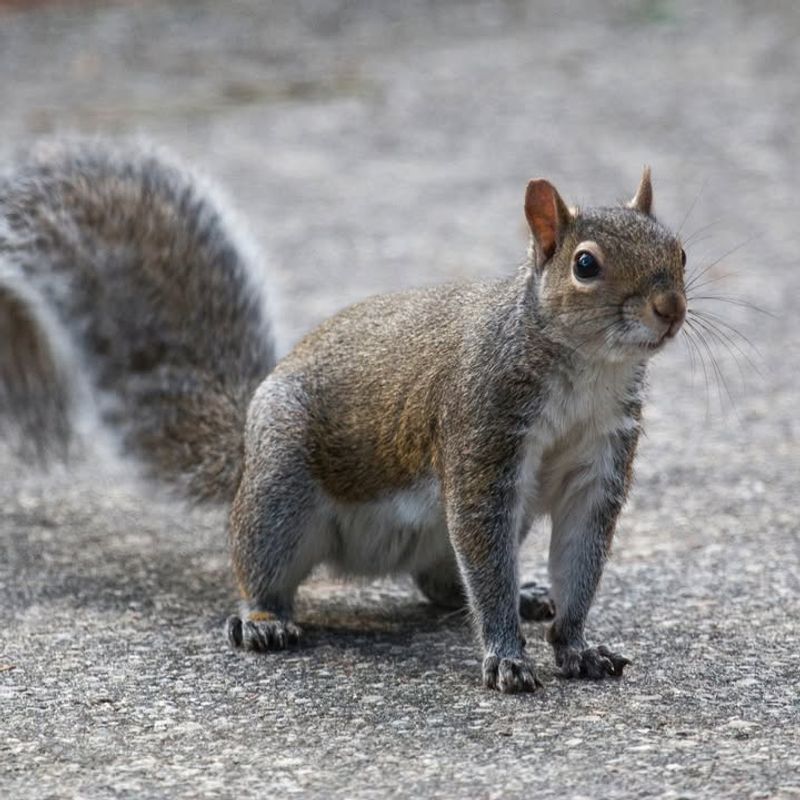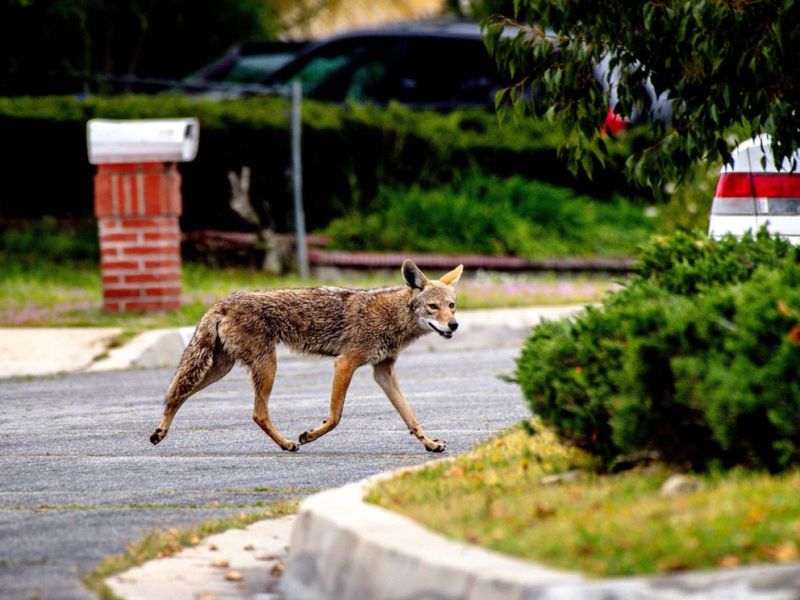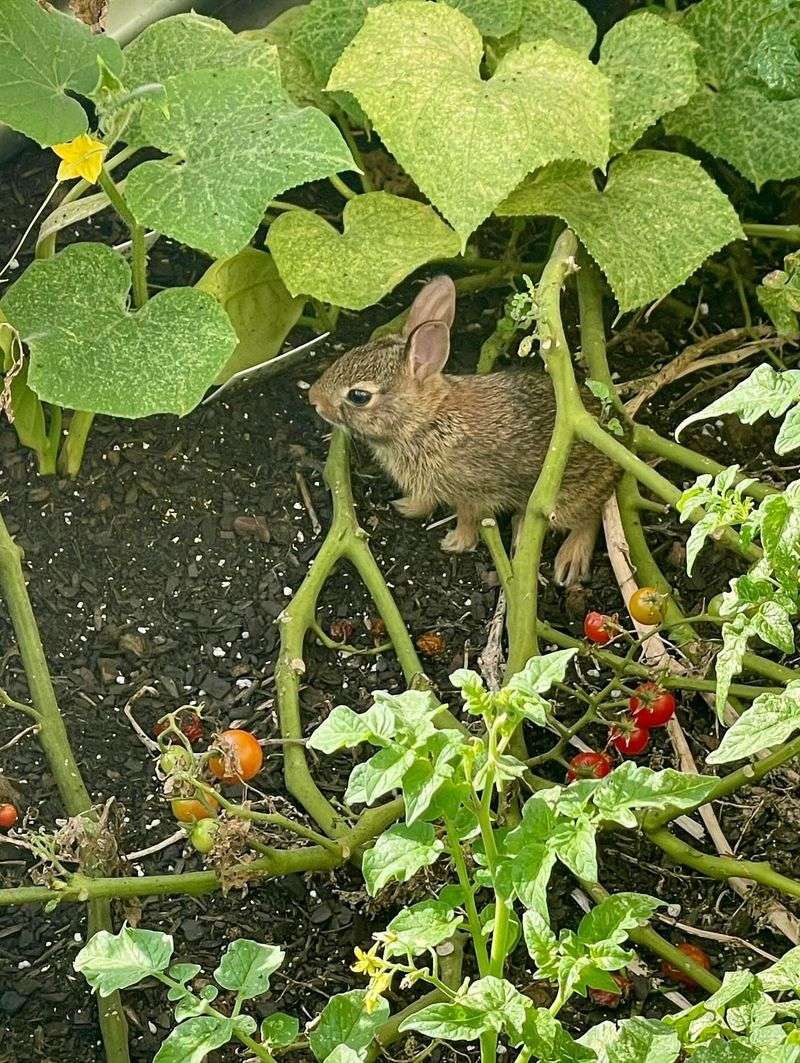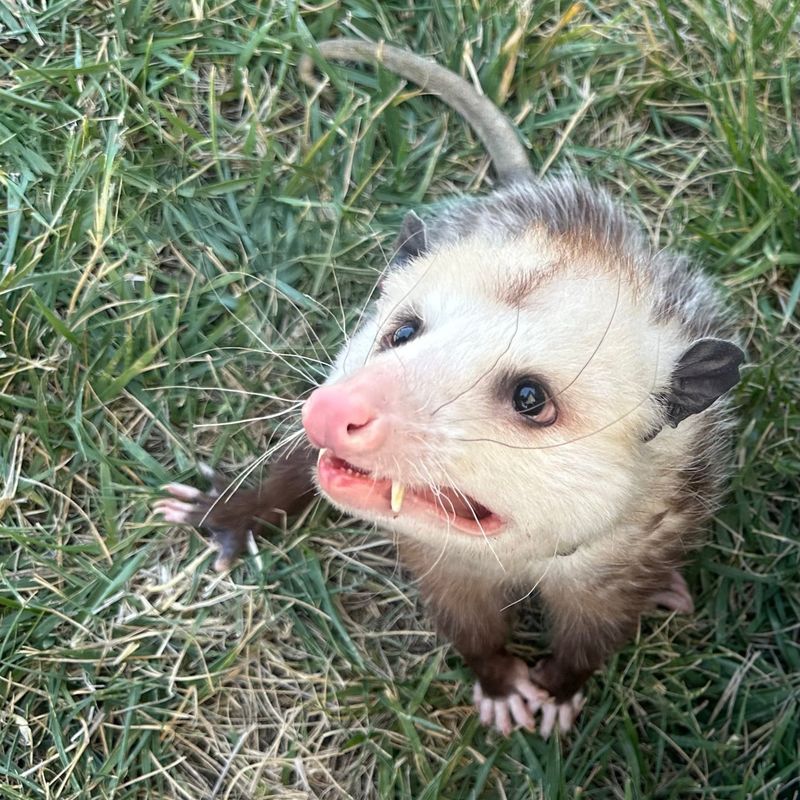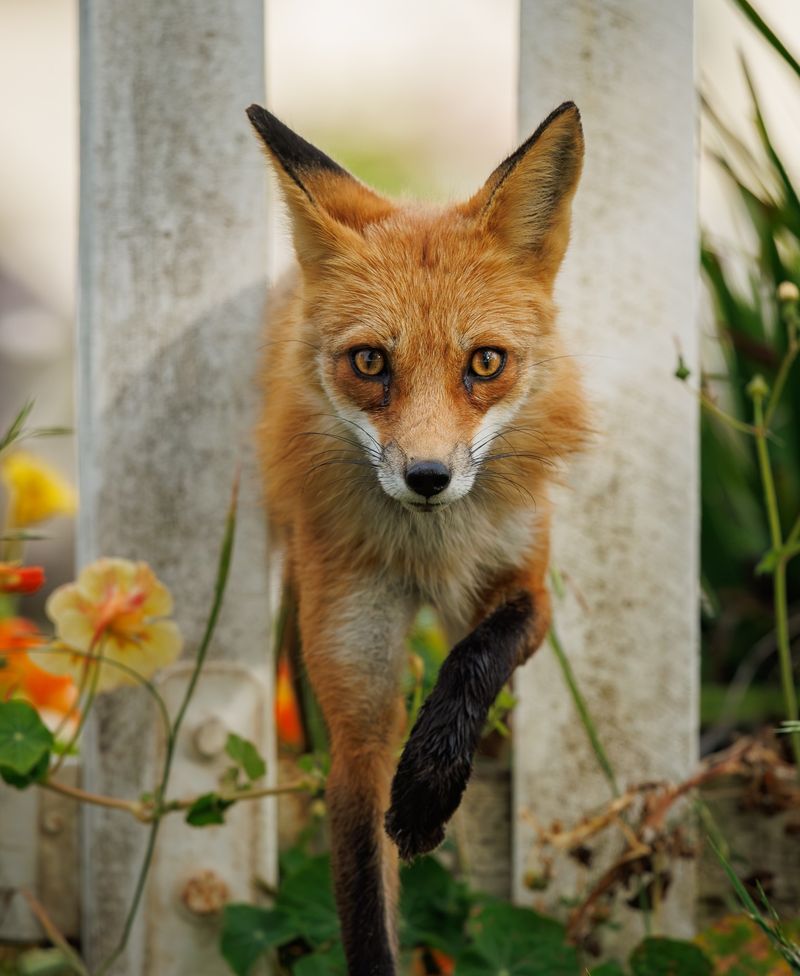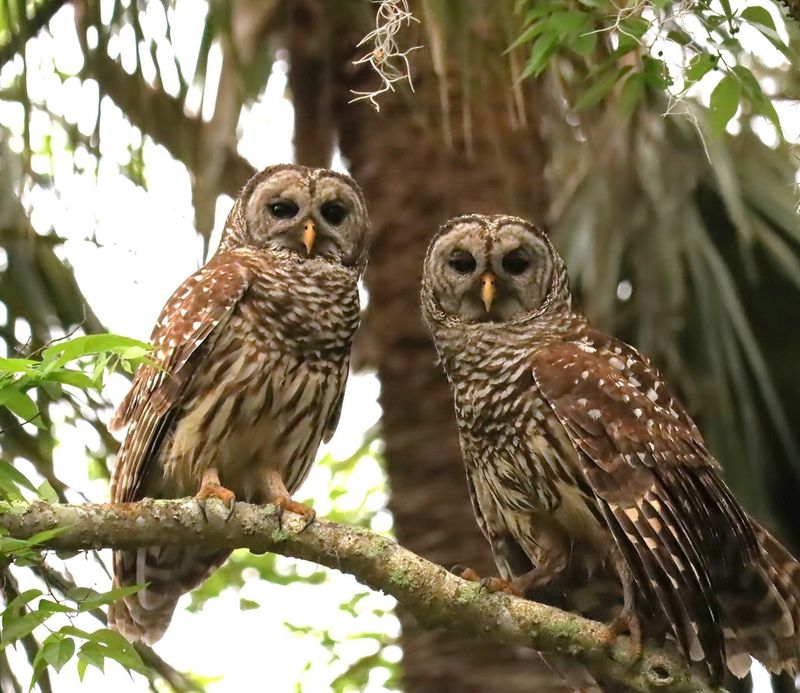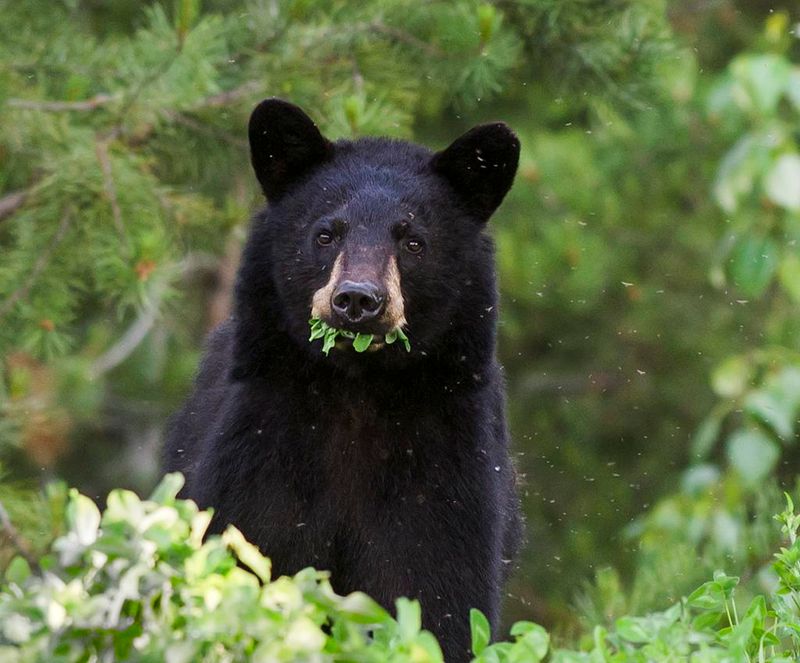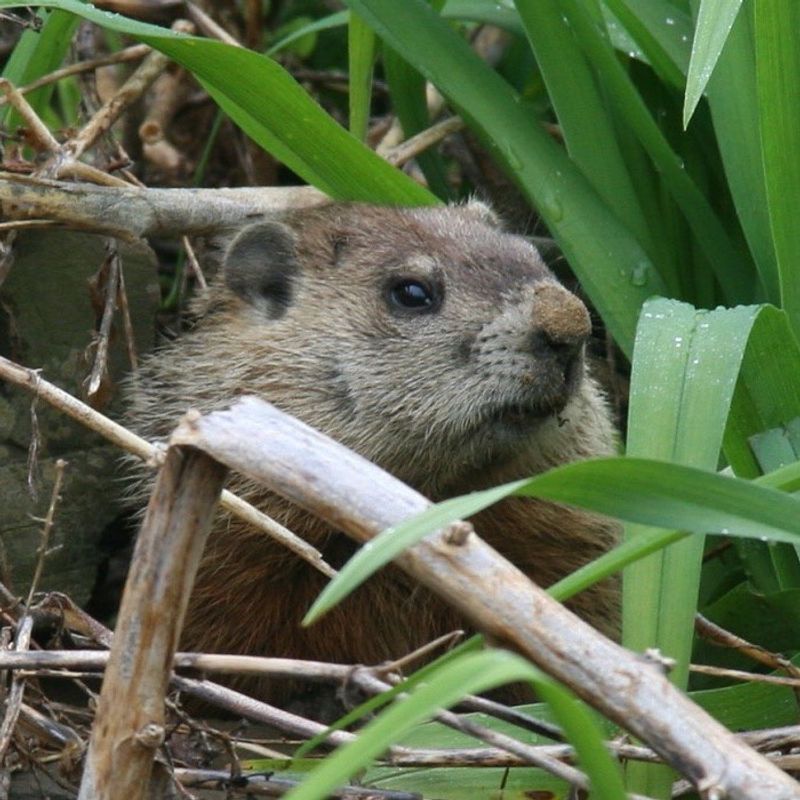North Carolina’s cities aren’t just home to people—they’re bustling with wildlife that has adapted remarkably well to urban environments. Walking through neighborhoods from Charlotte to Raleigh, you might spot animals that once only inhabited forests now making themselves comfortable right beside us.
I still remember spotting a raccoon near my garden bed in Greensboro—it felt like the woods had moved into my yard overnight! Here are ten wild animals you might encounter while sipping coffee on your patio or tending to your flower beds.
1. Raccoons And Their Midnight Kitchen Raids
These masked bandits are expert dumpster divers, capable of opening garbage cans and even sliding glass doors with their nimble paws. Many North Carolina homeowners have awakened to scattered trash across their driveways thanks to these nocturnal visitors.
During spring and summer, mother raccoons often den in attics or beneath decks. Their omnivorous appetite means your vegetable garden, pet food, and bird feeders all look like an open buffet to these intelligent creatures.
Despite their cute appearance, never approach a raccoon—they can carry rabies and will defend themselves fiercely if cornered.
2. White-tailed Deer Treating Gardens Like Salad Bars
Dawn and dusk bring these elegant browsers to the edges of yards throughout North Carolina suburbs. Your carefully tended hostas, tulips, and vegetable gardens serve as irresistible snack stations for hungry deer families.
Males shed and regrow their antlers annually, sometimes leaving these bony treasures behind in your yard. The population has exploded in urban areas where natural predators are absent, making deer-human encounters increasingly common.
Fencing at least eight feet tall is the only reliable deterrent, as these athletic animals can easily jump standard barriers when motivated by your delicious garden plants.
3. Eastern Gray Squirrels: Aerial Acrobats And Bulb Thieves
Morning gymnastics across telephone wires and fence tops announce these bushy-tailed residents to the neighborhood. Native to North Carolina’s forests, they’ve become so comfortable in cities that they often seem more abundant in parks and yards than in the wild.
Gardeners frequently discover their freshly planted bulbs mysteriously excavated or find half-eaten tomatoes with tiny teeth marks. Fall brings frantic burying behavior as squirrels prepare for winter, sometimes planting accidental oak trees in your lawn.
Their memory is remarkable—studies show they can remember thousands of nut-hiding locations and will even pretend to bury nuts when they feel watched.
4. Coyotes Adapting To City Sidewalks
Surprisingly adaptable, these wild canines now patrol neighborhoods from Charlotte to Wilmington after dark. Many North Carolina residents are shocked when security cameras capture these predators trotting confidently down suburban streets.
Urban coyotes primarily hunt rodents, rabbits, and even outdoor cats, helping control pest populations. They’ve learned to navigate traffic patterns and utilize greenways as wildlife corridors between fragmented habitats.
Making loud noises and appearing large will usually send a coyote running—they’re naturally wary of humans despite their growing comfort with our infrastructure.
5. Eastern Cottontail Rabbits Munching Through Vegetable Patches
Those neat, diagonal cuts on your lettuce leaves are the calling card of these fluffy garden visitors. Cottontails thrive in the edge habitats created by suburban development across North Carolina, where ornamental shrubs provide perfect hiding spots.
Female rabbits can produce several litters annually, often creating shallow nests called forms right in the middle of lawns. Their presence attracts predators like hawks and foxes, creating a complete food web right in your backyard ecosystem.
Chicken wire barriers around gardens need to be partially buried, as these determined nibblers will happily dig under obstacles to reach your tender crops.
6. Opossums: Nature’s Cleanup Crew And Tick Terminators
America’s only marsupial waddles through North Carolina neighborhoods after sunset, providing free pest control services. Despite their rat-like appearance, these beneficial creatures devour thousands of ticks annually and clean up fallen fruit and garden pests.
When threatened, opossums famously “play dead,” an involuntary response that includes drooling and emitting a corpse-like smell. Their prehensile tails help them navigate tree branches, fences, and other backyard obstacles with surprising agility.
Many homeowners spot opossums visiting compost piles or snacking under bird feeders, where their omnivorous appetites help reduce waste and unwanted insects.
7. Red Foxes Hunting At Dawn And Dusk
That flash of rusty fur glimpsed at twilight might be one of North Carolina’s most elegant predators making itself at home in your neighborhood. Foxes establish territories even in developed areas, hunting rodents and small animals that thrive near human habitation.
For me, the most unexpected visitor was a fox trotting past my vegetable patch one evening in Durham, seemingly unbothered by my presence. These adaptable canids often den beneath sheds or porches, raising their kits in spring before moving on.
Their distinctive screaming calls on winter nights often startle new suburban residents unaccustomed to wildlife sounds.
8. Barred Owls Calling From Neighborhood Trees
“Who cooks for you?” echoes through North Carolina neighborhoods as these vocal predators announce their presence. Large, round-headed, and lacking ear tufts, barred owls have adapted remarkably well to suburban environments throughout the state.
Backyard ponds often attract these hunters, who swoop down to catch frogs and fish. Their diet also includes rodents, making them valuable allies for gardeners battling vole and mouse populations.
Nesting in tree cavities or abandoned hawk nests, barred owls frequently raise their young in mature trees preserved during neighborhood development, creating wildlife viewing opportunities right from your deck.
9. Black Bears Making Suburban Appearances
Western and eastern North Carolina residents occasionally wake to find bird feeders destroyed and garbage cans toppled by these powerful omnivores. As natural habitats shrink, bears increasingly venture into developed areas searching for easy meals.
Males can weigh over 500 pounds, though most suburban visitors are smaller juveniles learning to fend for themselves. Despite their intimidating size, black bears are typically shy and prefer avoiding human contact whenever possible.
Wildlife officials recommend removing attractants like pet food, bird seed, and unsecured trash to discourage these large visitors from becoming neighborhood regulars.
10. Groundhogs (Woodchucks) Digging Up Trouble
These rotund rodents excavate extensive burrow systems beneath sheds, decks, and garden beds throughout North Carolina. A single groundhog can move over 700 pounds of soil creating its multi-chambered underground home, sometimes causing structural concerns for homeowners.
Vegetable gardeners often discover these chunky visitors have harvested entire rows of crops overnight. Their appetite for greenery makes them particularly frustrating for those growing cabbage, beans, or carrots.
Unlike many backyard wildlife, groundhogs are primarily diurnal, allowing for daytime sightings as they graze in open areas or sun themselves near their burrow entrances.

